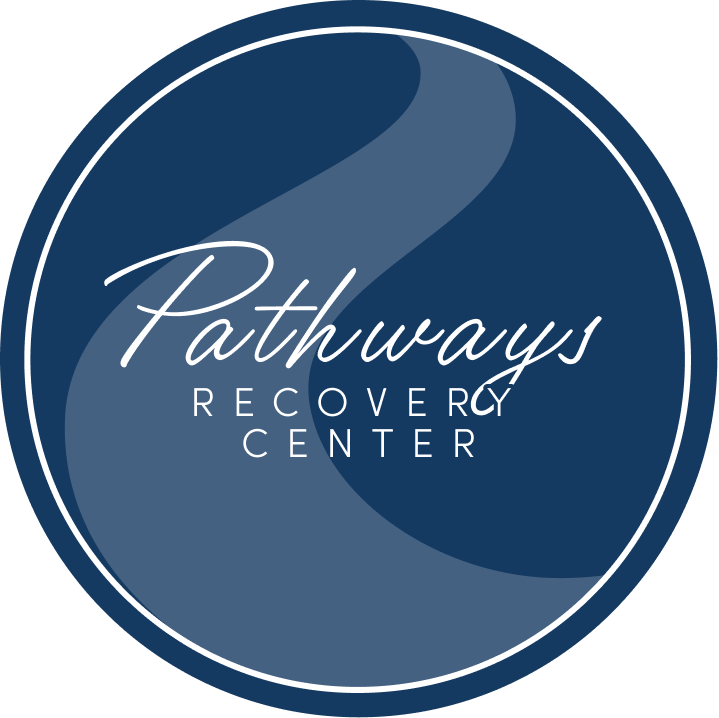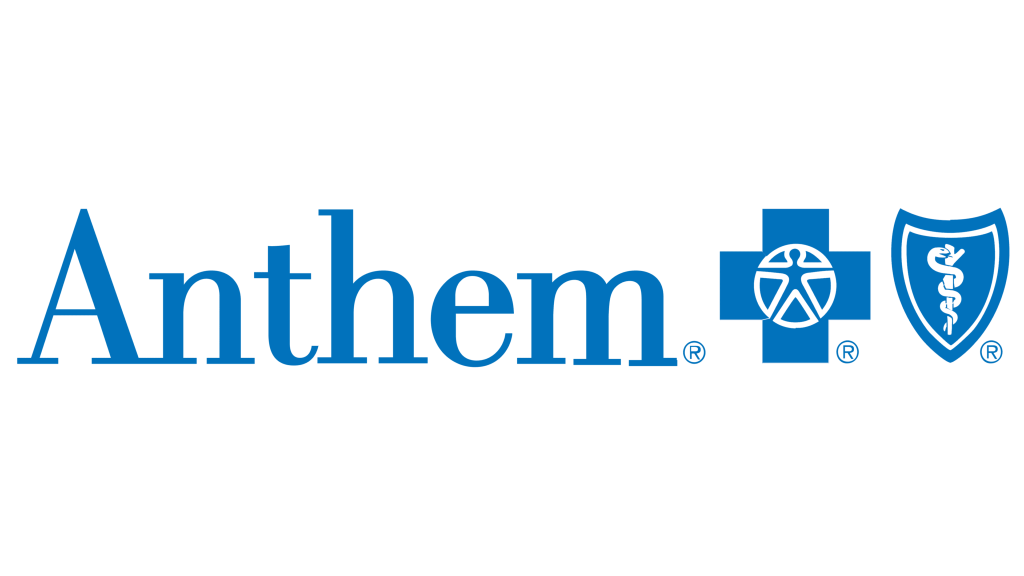Is it Possible to Break an Addiction? - Guide to Overcoming Dependency
Breaking an addiction is a deeply personal and challenging journey, but it is entirely possible with the right approach and support. Addiction is a condition that affects the brain’s reward system, disrupts emotional well-being, and often impacts physical health and relationships. Approximately 75% of people who experience addiction eventually recover, even if it takes multiple attempts.1
This guide provides a clear and concise roadmap to help you understand addiction, recognize its effects, and take actionable steps toward recovery. You’ll find practical advice on seeking professional help, building a support network, and adopting healthier habits to replace negative patterns. Whether you’re seeking help for yourself or a loved one, this resource offers the tools and insights needed to begin the journey to freedom from addiction.
What Is Addiction?
Addiction is a chronic medical condition that involves the compulsive use of substances or engagement in behaviors despite harmful consequences to physical health, emotional well-being, relationships, and overall quality of life.2 It is recognized as a complex disorder that affects the brain’s reward, motivation, and memory systems, making it increasingly difficult for individuals to control their actions over time.
Addiction often begins with voluntary use of a substance or behavior but can quickly evolve into dependency due to changes in brain chemistry.3 These changes impact decision-making, self-control, and the ability to resist cravings, leading to a cycle of repeated use or behavior. It is important to understand that addiction is not a lack of willpower or moral failing; it is a medical condition that requires evidence-based treatment and ongoing support to manage effectively.
Common Types of Addiction:
Substance Use Disorders (SUDs):
- Alcohol
- Prescription or illicit drugs (e.g., opioids, stimulants, sedatives)
- Nicotine and tobacco products
Behavioral Addictions:
- Gambling
- Video gaming
- Shopping or spending
- Eating or food-related behaviors
Addiction, whether related to substances or behaviors, is a complex condition rooted in changes to the brain’s reward system. Behavioral science experts agree that any activity capable of providing intense stimulation—whether it’s drug use, gambling, or gaming—has the potential to become addictive, especially when it shifts from voluntary engagement to a compulsive need. The shared characteristics of behavioral and substance addictions include compulsive engagement, difficulty stopping despite negative consequences, and the experience of withdrawal symptoms or cravings when attempting to quit.
By understanding the underlying mechanisms of addiction, individuals and their support systems can approach recovery with greater compassion and effectiveness. Recognizing addiction as a medical and psychological condition rather than a moral failing enables the adoption of evidence-based strategies for healing.4 This perspective helps foster a supportive environment where recovery is both achievable and sustainable.
Steps to Break an Addiction
Breaking an addiction is a complex journey that involves several critical steps, each tailored to the individual and the specific type of addiction. These steps provide a structured path toward achieving long-term recovery and regaining control over one’s life.
1. Acknowledge the Problem
The first and most critical step in overcoming addiction is recognizing that there is a problem.5 This involves taking a thorough and honest look at how addiction has affected your health, relationships, and overall quality of life. Reflecting on these impacts helps identify patterns of behavior that are harmful or unsustainable. Accepting the reality of addiction is not about self-blame but about taking ownership of your future and empowering yourself to seek positive change. Acknowledging the problem often requires understanding that addiction is a medical condition and that professional support may be necessary to achieve recovery.
2. Seek Professional Help
Professional intervention is often necessary because addiction is a medical condition that affects both the mind and body. Seeking help from a healthcare provider or addiction specialist allows for a comprehensive assessment of your physical and mental health. This assessment can identify the severity of the addiction and any co-occurring conditions that may influence recovery. Treatment recommendations might include detoxification, therapy, or medication-assisted treatment (MAT), depending on individual needs. Professional guidance is especially critical for those dealing with substance use disorders, as withdrawal symptoms can sometimes be severe or life-threatening. With the support of trained professionals, the recovery process becomes safer and more effective.
3. Set Clear Goals
Defining clear and achievable recovery goals is essential for maintaining focus and motivation throughout the journey. Setting a specific quit date for substances or behaviors marks a tangible starting point for change. Recovery goals might also include milestones such as completing a detox program, attending therapy sessions, or reaching certain periods of sobriety. Visualizing life free from addiction can inspire determination and provide a sense of purpose. These goals not only guide the recovery process but also serve as a reminder of the benefits awaiting on the other side of addiction, including improved health, stronger relationships, and a renewed sense of self. By following these foundational steps—acknowledging the problem, seeking professional help, and setting clear goals—individuals can begin the transformative process of breaking free from addiction and building a healthier, more fulfilling life.
4. Create a Support Network
Recovery is not a journey you need to take alone. Building a support network is a vital part of achieving long-term success and maintaining sobriety. A strong network may include family members and friends who understand and encourage your efforts to recover. Support groups like Alcoholics Anonymous (AA), Narcotics Anonymous (NA), or SMART Recovery provide valuable connections with individuals who have experienced similar struggles. Professional therapists or counselors specializing in addiction recovery also play an essential role by offering personalized guidance and strategies for coping. Surrounding yourself with positive influences reduces feelings of isolation and increases accountability, providing the motivation needed to stay on track.
5. Identify Triggers
Understanding and identifying triggers is an important step in breaking the cycle of addiction. Triggers can be external or internal factors that prompt cravings or lead to addictive behaviors. Common triggers include high-stress situations, social environments where substances are present, and negative emotions like loneliness, anger, or anxiety. Recognizing these triggers helps in developing proactive strategies to manage or avoid them. For instance, mindfulness practices and stress management techniques can build emotional resilience, while changing your social environment or setting boundaries may prevent exposure to high-risk situations. Taking steps to identify and address your triggers is crucial for maintaining progress in recovery.
6. Replace Negative Habits with Positive Ones
Recovery is about more than just stopping addictive behaviors—it’s also about creating a fulfilling and healthy life. Replacing negative habits with positive activities helps to fill the void left by addiction and build a sense of purpose. Engaging in regular physical exercise, for example, releases endorphins that improve mood and reduce cravings. Exploring hobbies such as painting, gardening, or writing provides creative and productive outlets for energy and emotions. Additionally, practices like meditation and mindfulness help manage stress, improve focus, and promote emotional well-being. Establishing positive habits fosters a sense of accomplishment and lays the foundation for a sustainable, addiction-free lifestyle.
7. Consider Therapy
Therapy is an essential component of addiction recovery, providing individuals with tools and strategies to address the underlying causes of addiction and manage ongoing challenges. Evidence-based therapeutic approaches have been shown to be highly effective in fostering long-term recovery. Cognitive Behavioral Therapy (CBT) helps individuals identify and reframe negative thought patterns and behaviors that contribute to addiction. Dialectical Behavior Therapy (DBT) focuses on improving emotional regulation and teaching coping mechanisms for managing stress and difficult emotions. Motivational Interviewing encourages self-driven change by helping individuals explore and strengthen their intrinsic motivations for recovery. Family therapy addresses the impact of addiction on family dynamics, fostering healthier relationships and resolving conflicts that may hinder progress. These therapeutic methods work together to create a comprehensive and personalized approach, equipping individuals with the skills needed to sustain recovery and navigate life’s challenges.
8. Enroll in a Structured Treatment Program
For many individuals, structured treatment programs are the most effective pathway to achieving and sustaining recovery. These programs are designed to provide comprehensive support, combining medical care, therapy, and personalized guidance to address the complexities of addiction. Depending on the severity of the addiction and individual needs, structured programs offer a variety of levels of care, each with specific benefits.
- Detoxification (Detox): Detox is often the first step in recovery, especially for those dealing with physical dependence on substances. It involves a medically supervised process to safely manage withdrawal symptoms and help the individual stabilize physically and mentally. Professional oversight ensures that the detox process is as safe and comfortable as possible, reducing the risks associated with withdrawal.
- Inpatient Rehab: Inpatient rehabilitation programs provide intensive, round-the-clock care in a supportive residential setting. These programs are ideal for individuals who require a high level of structure and accountability, as well as those seeking to remove themselves from environments or triggers that may contribute to relapse. Inpatient rehab allows individuals to focus entirely on their recovery, with access to therapy, medical care, and peer support throughout their stay.
- Outpatient Programs: Outpatient programs offer flexibility for those who have a stable home environment or need to balance recovery with work, school, or other responsibilities. These programs provide regular therapy and counseling sessions while allowing participants to continue living at home. Outpatient care is often part of a continuum of treatment, serving as a step-down option after completing inpatient rehab or detox.
- Medication-Assisted Treatment (MAT): MAT combines FDA-approved medications with counseling and behavioral therapies to address substance use disorders.9 Medications such as buprenorphine, methadone, or naltrexone can reduce cravings and withdrawal symptoms, making it easier for individuals to focus on recovery. When combined with therapy, MAT offers a holistic approach that improves treatment outcomes and supports long-term sobriety.
Programs like those offered at Pathways Recovery Center in San Dimas and Azusa, CA, provide individualized care tailored to meet each client’s unique needs. By combining evidence-based practices with compassionate support, these programs ensure that individuals have the tools and resources necessary to achieve a healthier, addiction-free life. Structured treatment programs are a vital step for many on the path to lasting recovery.
The Benefits of Breaking an Addiction
Breaking an addiction is a transformative journey that offers significant rewards across all areas of life. While the path may be challenging, the long-term benefits far outweigh the difficulties faced during recovery.
Enhanced Mental Health
-
Addiction often worsens or creates mental health challenges called dual diagnosis. Chronic alcohol abuse, for example, can initially act as a short-term way to alleviate anxiety or panic, but over time, it frequently exacerbates these conditions. Research indicates that alcohol use can have long-term panicogenic effects, particularly after cessation, with individuals in recovery sometimes experiencing heightened anxiety or panic attacks during abstinence. These effects underscore the complex interplay between addiction and mental health, where short-term relief from symptoms often gives way to more severe, long-term challenges.
Increased Financial Stability
- Substance use or addictive behaviors often come with significant financial costs. Breaking an addiction enables individuals to redirect money previously spent on harmful habits toward savings, personal development, or necessary expenses. Recovery can also lead to improved focus, productivity, and job performance, opening doors to career advancement and greater financial security. The journey to recovery is not just about leaving addiction behind—it’s about embracing a healthier, more fulfilling life with countless personal and relational benefits.
How Pathways Recovery Center Can Help
Pathways Recovery Center, located in San Dimas and Azusa, CA, provides comprehensive addiction treatment services tailored to meet the unique needs of each individual. The center offers a compassionate and supportive environment designed to foster healing and long-term recovery. Residential treatment programs provide a safe and structured space where individuals can focus entirely on their recovery journey, free from external pressures and triggers.
The facility also specializes in medication-assisted detox, ensuring that withdrawal symptoms are managed safely and effectively under professional supervision. This approach minimizes discomfort and addresses potential medical complications, allowing clients to transition smoothly into the next stages of recovery. Therapy and counseling services at Pathways are rooted in evidence-based practices, helping clients uncover the root causes of their addiction. These treatments empower individuals to develop healthier coping mechanisms and strategies for managing life’s challenges.
Pathways Recovery Center emphasizes the importance of aftercare planning, recognizing that recovery is an ongoing process. Customized aftercare plans provide clients with the tools, resources, and support they need to maintain sobriety and thrive beyond treatment. By combining holistic approaches with proven methods, the team at Pathways is dedicated to helping clients achieve a healthier, more fulfilling life free from addiction.
Addiction Treatment at Pathways Recovery Center
Choosing to break an addiction is a life-changing decision and a critical step toward reclaiming your health, well-being, and future. At Pathways Recovery Center, we understand that every individual’s journey is unique, and we are committed to providing the personalized care and support needed for success. Located in San Dimas and Azusa, CA, our programs are designed to address the physical, emotional, and psychological aspects of addiction through evidence-based and holistic approaches.
Pathways Recovery Center offers a full continuum of care, including residential treatment, medication-assisted detox, therapy, and aftercare planning. Each program is tailored to meet the specific needs of our clients, ensuring they receive the tools and resources necessary to navigate the challenges of recovery. With a team of experienced professionals dedicated to compassionate, client-centered care, Pathways provides a safe and supportive environment where healing and growth can flourish.
Recovery is a journey that requires courage, dedication, and the right support. Contact Pathways Recovery Center today to learn more about our programs and how we can help you take the first steps toward a healthier, happier, and addiction-free future.

Sources:
- Alavi, S. S., Ferdosi, M., Jannatifard, F., Eslami, M., Alaghemandan, H., & Setare, M. (2012). Behavioral Addiction versus Substance Addiction: Correspondence of Psychiatric and Psychological Views. Iranian Journal of Psychiatry, 7(1), 3–9. https://pmc.ncbi.nlm.nih.gov/articles/PMC3354400/
- Canan, F., & Ataoglu, A. (2008). Panic Disorder After the End of Chronic Alcohol Abuse: A Report of 2 Cases. Primary Care Companion to the Journal of Clinical Psychiatry, 10(4), 362–365. https://pmc.ncbi.nlm.nih.gov/articles/PMC2528232/
- Centers for Disease Control and Prevention (CDC). (n.d.). Understanding Addiction. CDC Stop Overdose. https://www.cdc.gov/stop-overdose/stigma-reduction/understanding-addiction.html
- National Institute on Drug Abuse. (2020). Treatment Approaches for Drug Addiction. NIDA Research Topics. https://nida.nih.gov/research-topics/treatment
- NIH News in Health. (2015). Biology of Addiction: Drugs and Alcohol Can Hijack Your Brain. https://newsinhealth.nih.gov/2015/10/biology-addiction
- SAMHSA. (n.d.). Medications for Substance Use Disorders. Substance Abuse and Mental Health Services Administration. https://www.samhsa.gov/medications-substance-use-disorders
- Alcoholics Anonymous. (n.d.). AA Resources. https://www.aa.org/
- Sciencedirect. (2020). The Role of Medications in Addiction Recovery. https://www.sciencedirect.com/science/article/abs/pii/S0376871620303343
- Tandfonline. (2002). Addiction and the Development of Dependence. Journal of Psychoactive Drugs. https://www.tandfonline.com/doi/abs/10.1080/02791072.2002.10399978
- Volkow, N. D., Koob, G. F., & McLellan, A. T. (2016). Neurobiological Advances from the Brain Disease Model of Addiction. The New England Journal of Medicine, 374(4), 363–371. https://pmc.ncbi.nlm.nih.gov/articles/PMC2897895/
Clinically Reviewed By:

Moses Nasser
Dr. Moses Nasser, a double board-certified physician in Family Medicine and Addiction Medicine, with expertise in holistic healing, addiction medicine, and psychiatric care, holds an X-waiver to prescribe buprenorphine and has extensive experience in mindfulness-based customer service and medication-assisted treatment.








